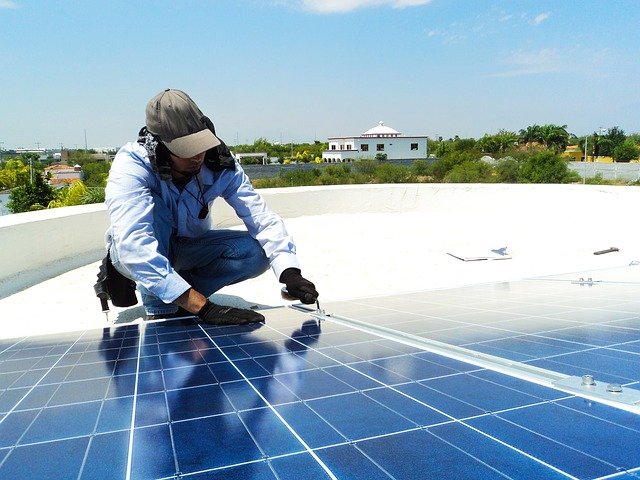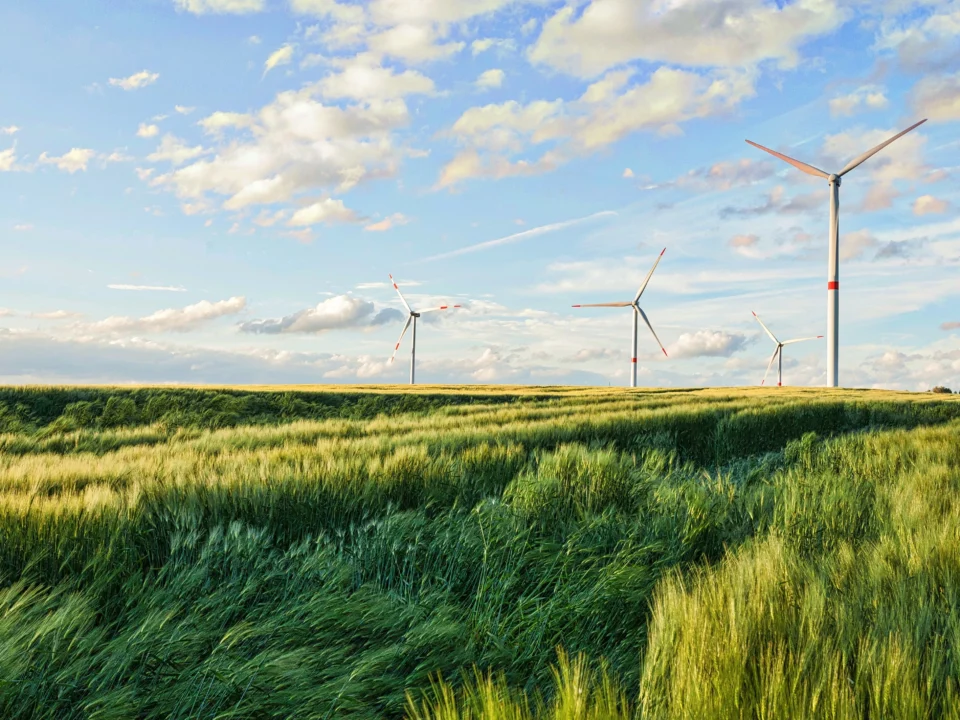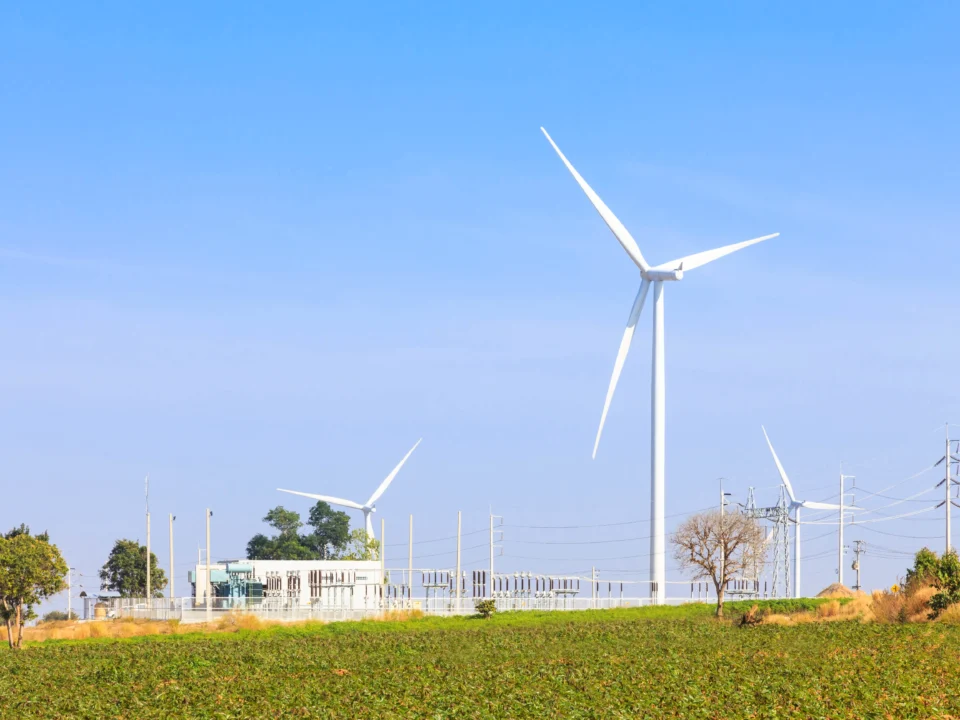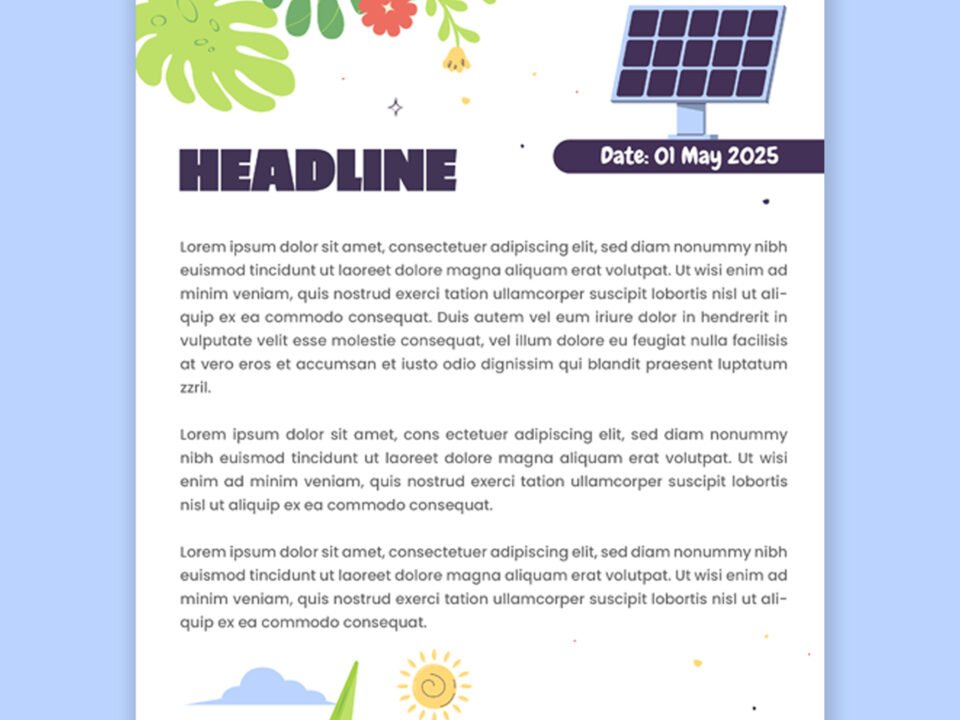It’s a common myth- installing solar panels at home is a complex and costly affair.
Most homeowners think that installing solar panels is a costly and complex endeavor. Some of them will look for townhomes for sale that feature sustainable technology, but most will just give up on the idea before even getting started.
Here’s the keynote you were looking for: while the initial costs are rather high, you will save a
lot of money in the long run by installing solar panels. Not to mention, you can do it yourself! It’s not impossible. Keep in mind, however, that connecting a solar system to the grid is no simple task and preventive measures are mandatory for safety.
Decide Where to Install the Solar Panels
There are various options available. You need to decide whether you put them on your roof or
design a mounting rack by yourself, be sure to choose a mounting solution that can withstand
nature’s constant abuse. Think about potential problems too. The roof may seem like the best
option right now, but what will happen when the mango tree you planted grows to be ten feet
high?
Solar Inverters & Panels
Solar inverters are indeed the most important piece of equipment you need to purchase as they are responsible for the actual electricity your home will receive. Make sure to match the capacity of your solar inverters fully with the type and size of your solar panel system.
Wiring and Net Metering
This part can be quite complicated, so if you think that you can’t do it on your own, it’s better to hire an electrician than to risk damaging the entire system or endanger yourself to fire and other mishaps.
After you’ve completed the wiring and found a proper grounding method, it’s time to connect to the grid. It’s important to pay close attention to net metering too as it monitors how much grid energy you’re using to power your home and how much unused solar energy you’re feeding the grid.
A final piece of equipment you will need is to consider is a battery backup. You can use it to
store energy instead of feeding it back into the grid.
Conclusion
With the proper equipment and a lot of caution, you can install solar panels by yourself as well. However, you’re still going to need a bit of professional guidance to ensure that the system is functional and safe. Once your solar panels are up and running, you will start seeing a big decrease in your energy bills.
If you would rather skip this process altogether, you can find sustainable eco-friendly homes
built by new construction builders.




